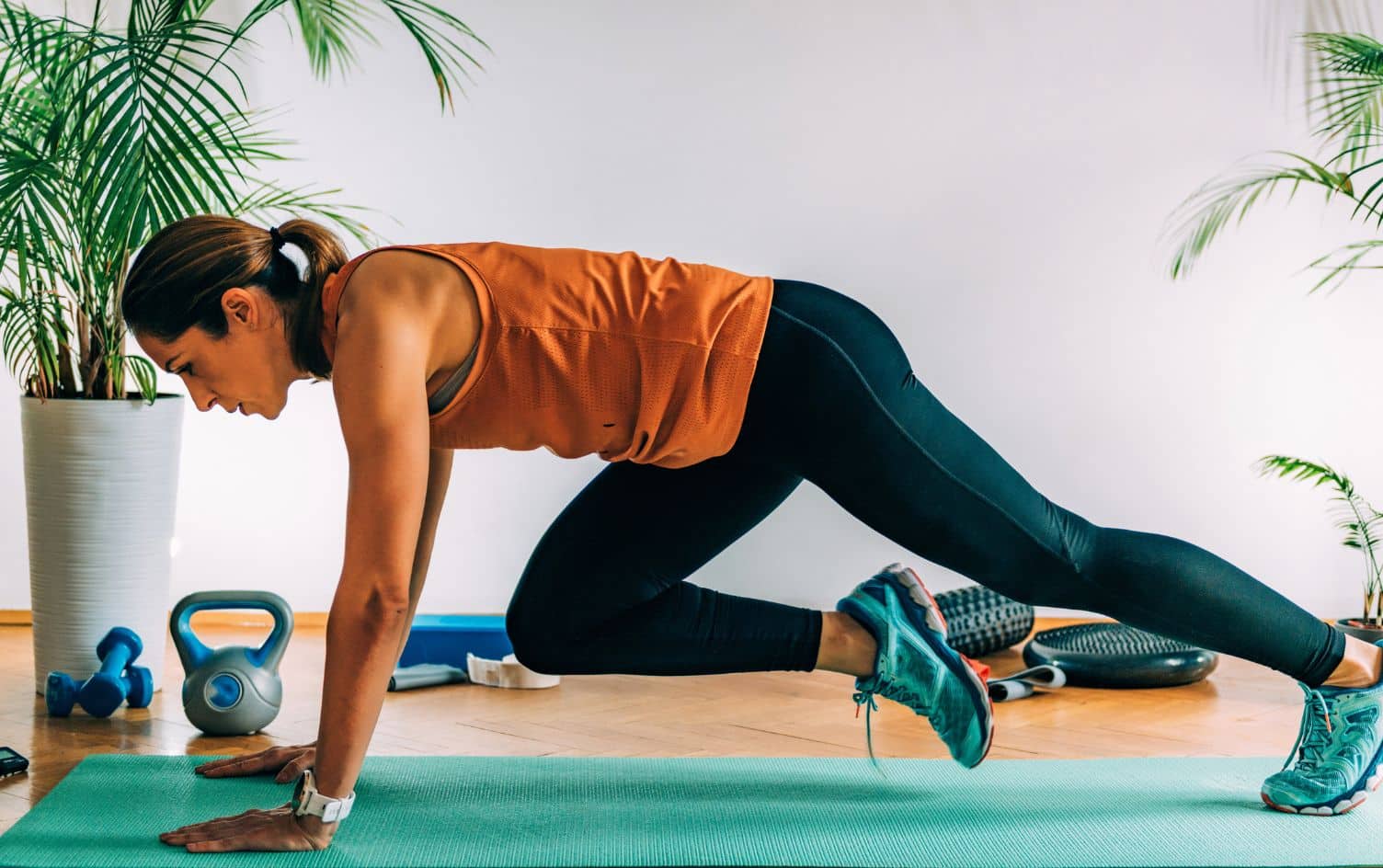Lately it seems as though high-intensity interval training has taken over, replacing steady-state running, swimming and cycling in popularity at the gym. And perhaps for good reason: HIIT boosts cardiorespiratory fitness, improves insulin sensitivity and produces that afterburn effect where your body keeps burning calories for hours after you wrap up your sweat session.
It also provides these benefits quickly — you can be in and out of the gym in under an hour. Although experts say it’s hard to make an apples-to-apples comparison, you can do an efficient HIIT workout in roughly 20 minutes and get cardio benefits similar to a steady treadmill run that’s at least twice as long.
So do you even need traditional cardio? Can HIIT really be everything for your fitness routine? Let’s break this down further.
THE TIME FACTOR
Steady-state running, cycling and swimming can all be turned into HIIT training, so you can still do the activities you love, just in interval sets. “If you just want to do HIIT, you can get the benefits of steady-state cardio in less time,” says Brad Schoenfeld, PhD, assistant professor and director of the Human Performance Laboratory at Lehman College. And since our 24 hours in a day are busy enough, making our workouts quick and effective seems ideal.
That said, to reap those benefits, you need to truly be doing HIIT. Hard. That means alternating periods of super-intense activity with periods of less-intense exercise. During the intense rounds, Schoenfeld explains you need to be really challenged — at about an 8–9 on a scale of perceived exertion —1 (sitting on a couch) to 10 (running like a rabid dog is chasing you).
However, doing that too often can take a toll on your body. While there is no ideal amount of HIIT to do, experts say about three days a week is a good number to aim for. Cross-train on other days, rounding out your fitness routine with things like strength training and yoga.
ADD STRENGTH TRAINING
“Interval-style workouts that involve resistance-based movements like pushups, pullups, air squats, etc. can certainly be an effective way to boost both strength and cardiovascular fitness,” says Martin Gibala, PhD, the chair of the department of kinesiology at McMaster University in Ontario. “You can get a cardiovascular boost and get strength benefits as well. It’s not as good as heavy weight exercise, and the cardio is not as good as a high-volume approach, but it’s a good middle ground. It’s a very effective, efficient and practical way to boost or maintain fitness.”
For the greatest strength benefits, though, you have to overload your muscles and go heavy. “With exercises like squat thrusts or pushups, you will build some muscle, but will that build as much muscle as a good lifting routine? Probably not because you’re not able to overload the musculature to a great extent,” Schoenfeld says.
DO WHAT YOU LOVE
But maybe you’re not as concerned about maxing out your strength. Or maybe you really, really love steady-state cardio and aren’t a fan of HIIT — or vice versa. That’s OK.
“Certainly intervals can be mentally demanding and fatiguing,” Gibala says. “Intervals are an excellent strategy, but they aren’t the only way to go, and the best exercise is one that people enjoy and that keeps them exercising over the long term.”
There’s no reason you have to do just intervals or steady cardio. Mix it up. “You can do HIIT one day and steady-state cardio one day,” Schoenfeld says.
Bottom line: Keep exploring to find what you like, because that’s what you’ll stick with. If that’s just traditional cardio, great. If that’s just HIIT, go for it. Or if you want both, consider adding some strength training for a well-rounded approach.




